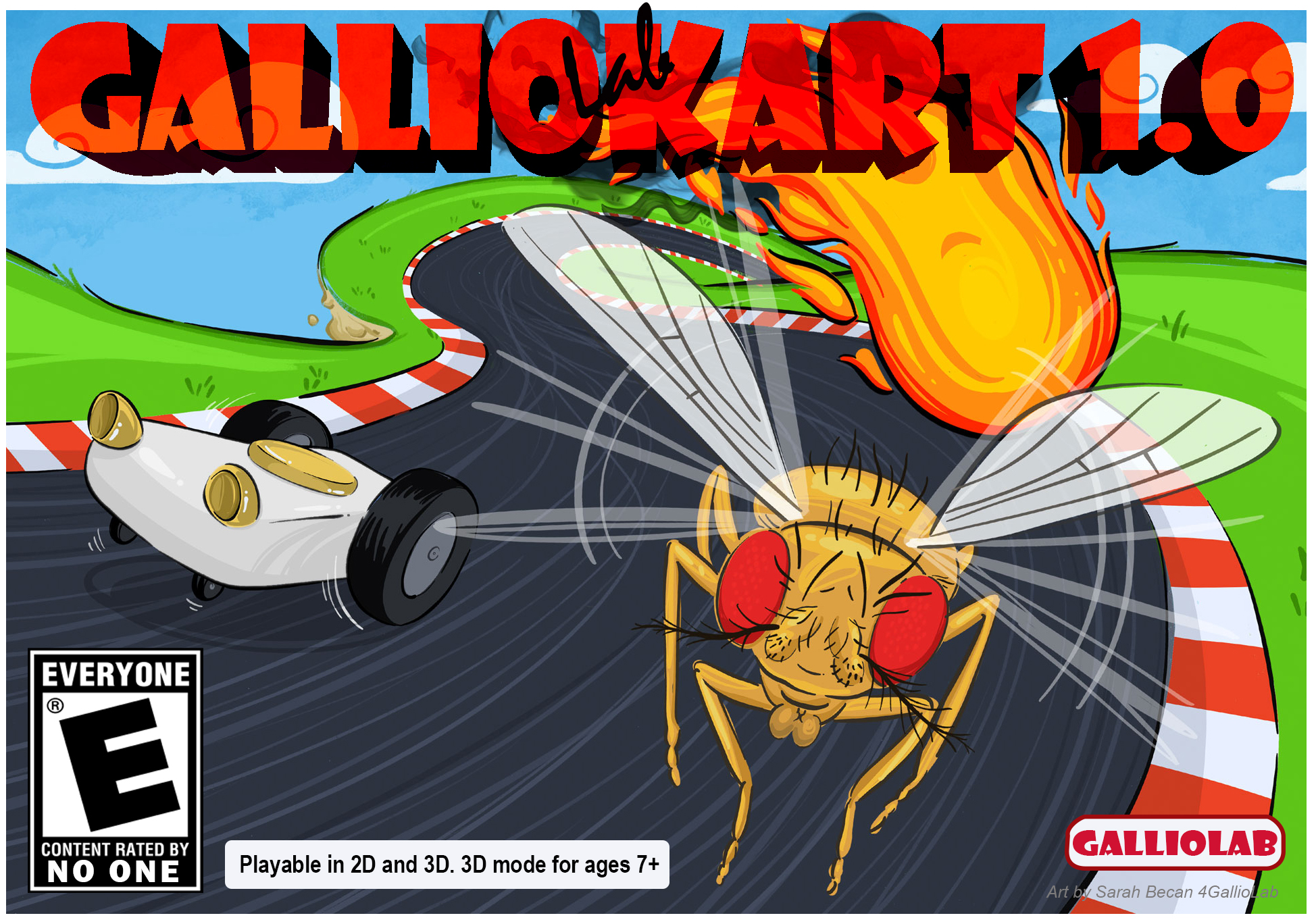Welcome!
Fruit flies, those “pests” you find swarming around a ripe banana in your kitchen, are capable of complex maneuvering in order to find food, court mates, avoid danger and much more. Our goal is to understand how the tiny fruit fly brain computes all the information from the outside world to produce navigational decision. One important question is to which extent fly behavior is inflexible and "robotic" ("hard-wired") versus adaptable and robust (maybe even "smart").
In our paper we describe how fruit flies use their antennae to steer away from dangerous heat. To figure out how "smart" this particular behavior really is, we produced a simple computer model based on hard-wired sensors and motors (a "Braitenberg vehicle" ) and challenged it in a series of tests to see how close it can get to real fly behavior.
The following simulation demonstrates that you can EVOLVE fly-like models by using biologically inspired priciples. As you will see, over many generations of mutation (random changes in critical parameters), crossover (new parameter combinations), and selection (allowing only the best performers to propagate), vehicles will appear that avoid heat almost exactly like a real fly! However, once we dig deeper, it turns out there’s more to this story... unlike the vehicles, flies make decisions and learn rapidly to optimize their responses. But you’ll have to read the paper to learn about that.
